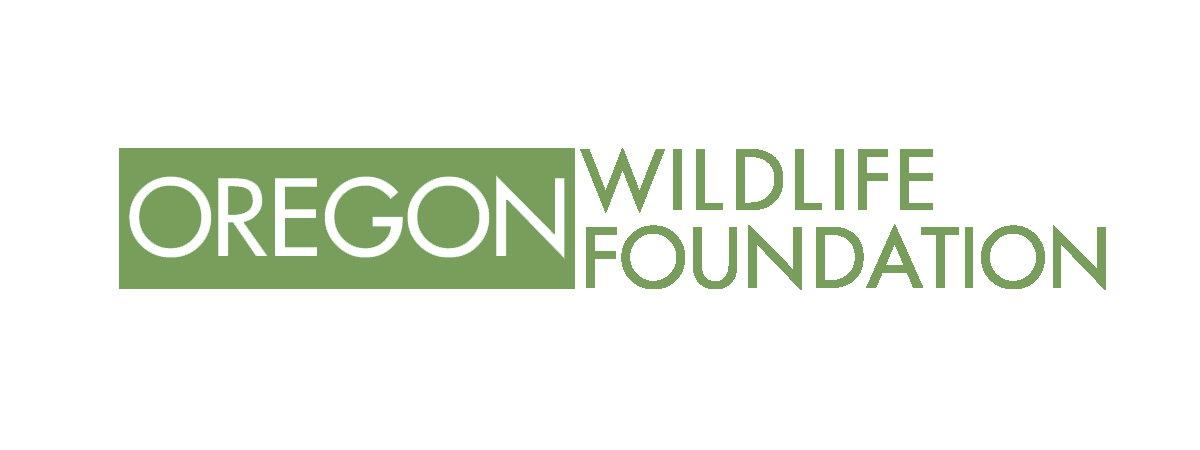Impact of Human Disturbance on Wildlife
By Suzanne Linford, OWF Wildlife Ambassador
Human disturbance has a significant impact on wildlife. The combination of population growth, round-the-clock recreation, climate change, and habitat degradation is making many areas of Oregon unsustainable for wildlife. Shrinking the carrying capacity of a habitat, in fragile ecosystems, imperils native wildlife species already struggling to survive. As a consequence, the list of wildlife threatened with extinction grows larger every year.
What people don’t know.
Wildlife is disturbed by people recreating in the outdoors, riding bikes, hiking, and even walking through habitats. When a human approaches, a mule deer will flush at 200 meters, leave the immediate area, abandoning otherwise suitable habitat. Trails don’t just cut through natural spaces; they displace wildlife and degrade, through the introduction of invasive grasses, the food that animals depend on. A doe will often stash their fawn so they can forage for food; unleashed dogs will sometimes find and attack these vulnerable animals, or a well-meaning hiker will incorrectly assume they have been abandoned and bring them to a rescue organization, depriving them of their wildness and preventing their return home.
Humans impact all species of animals, yet many people are unaware of this. For example, bird fledglings are often incorrectly assumed to need rescue. Their well-meaning rescuers take them out of their habitat, depriving them of life in a natural environment. We are all part of complex ecosystems that rely on balance amongst and between all other living things. We are interconnected, but only humans can truly account for our most vulnerable co-species to help them survive.
Some things we can do to ensure a sustainable, shared habitat with wildlife include:
Retiring trails that have become too degraded and using other trails instead.
Carefully evaluating the need for more trails when what’s already available is sufficient.
Limiting after-dark recreation - lights on bikes, hikers, horseback riders, and swimmers reduces the camouflage that darkness provides to wildlife, impeding their ability to forage for food freely.
By understanding the impact we’re having on wildlife and making reasonable changes in our activities, we can help ensure all species are afforded a fair chance for survival while enriching our own experience in these diverse habitats we are sharing.

